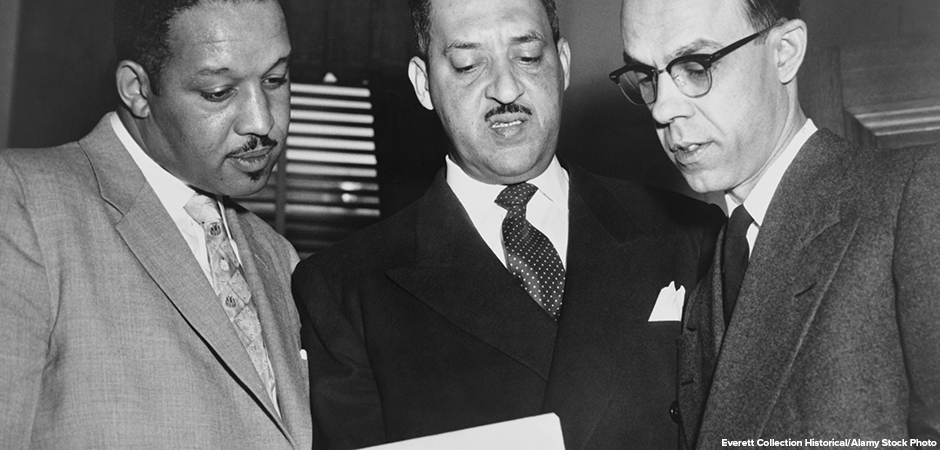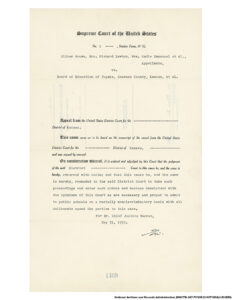

May 17, 2024, is the 70th anniversary of the Brown v. Board of Education Supreme Court decision that ended the system of racially segregated schools in the United States. To commemorate this important achievement for equality and civil rights, btw takes a look at the history of the Rosenwald Schools. In the early 1900s, a plan was established to build schools for African American students throughout the racially segregated southern United States. Booker T. Washington, who founded Tuskegee University in Alabama, recognized the need for more elementary schools for African Americans. In 1912, Washington enlisted Julius Rosenwald, president of Sears, Roebuck and Company, to fund the plan to build new elementary schools throughout the South. These schools became known as Rosenwald Schools.
When Washington died in 1915, the Julius Rosenwald Fund had provided matching funds for schools in three states. At the time of Rosenwald’s death in 1932, the project had funded the construction of over 5,000 school buildings in fifteen states. The program provided over $4 million for schools serving over 600,000 students.
Community School Plans
Rosenwald considered community participation an essential part of a successful project. The Rosenwald Fund required matching funds for its projects. Local communities that desired a Rosenwald school reached out to the fund. The Rosenwald Fund supplied additional funds that matched the money raised by local communities and the local government.
Rosenwald Schools were designed to emphasize functionality. They had very specific standardized designs and included details such as the paint colors and classroom furniture.
A unique feature of the Rosenwald Schools was the large windows. Architects designed large windows for two reasons. First, because electricity was not widely available in rural southern areas, the windows allowed natural light to shine throughout the rooms. In addition, because of the South’s hot climate, opening the windows allowed fresh air to blow into classrooms.
Each school community was on at least two acres and included more than just a school building. In addition to school buildings, the land included shop buildings, teacher homes, playgrounds, farm plots, and outhouses. The school grounds also served as meeting places for the African American communities. To make the grounds more enjoyable, the fund included money for landscaping, gardens, and walkways.
Ending Segregated Education
Rosenwald Schools were constructed when the “separate but equal” policy of the Plessy v. Ferguson (1896) Supreme Court ruling legalized racially segregated schools. School buildings and supplies for African American students were far inferior to the schools for white students. While most new construction of Rosenwald schools ended in 1932, some of the schools continued to educate young African Americans into the 1960s. The need for many of the Rosenwald schools ended in 1954 as a result of another Supreme Court ruling, Brown v. Board of Education. This ruling ended racially segregated education in the United States.
School Building Rehabilitation
Today, only a small fraction of the Rosenwald School buildings still exist. The National Trust for Historic Preservation and other groups are identifying and rehabilitating the remaining structures. One example of this is the Rosenwald School in Hamilton, North Carolina, near the Roanoke River. The Roanoke River Partners, Inc. purchased the school building in 2007. It is now home to the Rosenwald River Center, a community center serving area residents.
